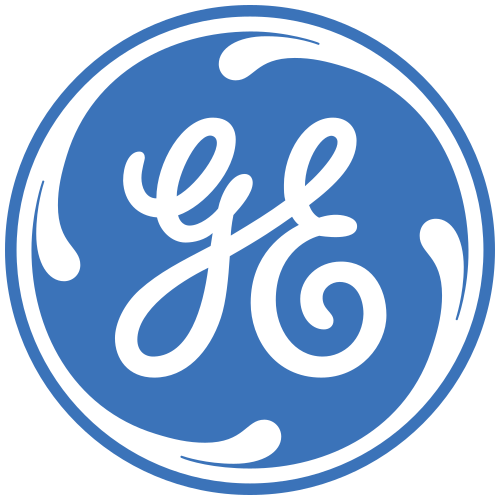
Currently, Jeremy is a Senior Lecturer for the Computer Science and Engineering department at The Ohio State University.
Since becoming a full time faculty member in Autumn 2023, Jeremy has been teaching the Software Design course (CSE 2231), which is the sequel to the Software Components course (CSE 2221). Like CSE 2221, Jeremy is responsible for two lectures and two labs a week. In addition, he administers and grades all three exams. All assignments are graded by his two Undergraduate Teaching Assistants (UTAs).
As faculty, Jeremy has adapted his course to make it more valuable to students. As a result, he teaches git and VS Code over tools like Eclipse and Subversion. In addition, he offers an optional project where students can create a software component from scratch. See the SoftwareComponents repo for examples of student work.
To get a nice visual overview of Jeremy’s experience as an educator, check out the educator dashboard built using Plotly and Dash. Be aware that the host sometimes spins down the dashboard, so it may take a minute or so to load.
Between Autumn 2018 and Spring 2023, Jeremy was a Graduate Teaching Associate (GTA) for the Computer Science and Engineering department at The Ohio State University.
Up until Spring 2023, Jeremy taught the Software Components course (CSE 2221) where he was responsible for two lectures and two labs a week. In addition, he administered and graded all three exams. All assignments were graded by his two Undergraduate Teaching Assistants (UTAs).
Prior to Autumn 2019, Jeremy taught the Introduction to Java course (CSE 1223) which also had 40 students. Unlike the Software Components course, this course had three lectures and a lab every week. In addition, Jeremy was responsible for all grading.
All graduate teaching experience has been documented through reflections on The Renegade Coder, such as:
- Reflecting on My First Semester of Teaching (CSE 1223)
- Reflecting on My Second Semester of Teaching (CSE 1223)
- Reflecting on My Third Semester of Teaching (CSE 2221)
- Looking Back on My First Year of Teaching (Summary)
Each article contains information about what Jeremy liked and didn’t like about teaching that semester. In addition, they extensively explore student feedback as a means of growth going forward.


Between Summer 2020 and Autumn 2021, Jeremy was a Graduate Research Associate (GRA) for the Beliefs in Engineering Research Group (BERG) in the Engineering Education department at The Ohio State University.
From Summer 2020 to Summer 2021, Jeremy managed Dr. Dringenberg’s NSF CAREER project: Surfacing deeply-held beliefs about gender- and race-based minoritization in engineering. Responsibilities included:
- Maintaining IRB approval
- Recruiting and selecting participants
- Interviewing participants
- Cleaning and deidentifying transcripts
- Analyzing data
In Autumn 2021, Jeremy took a significantly reduced role in the project to focus on teaching. There has been one conference publication out of this project so far. Future publications are in progress.
In the summer of 2015, Jeremy’s first internship was at GE Transportation in Erie, Pennsylvania. At the time, he was working with the Simulation and Modeling team to develop a tool to simplify a simulation setup process for users.
When Jeremy graduated from Case Western Reserve University in 2016, he returned to GE Transportation as a part of the Edison Engineering Development Program (EEDP). Over the course of 20 months, he rotated through two roles:
- Software Engineer for the LocoVISION team (August 2016 – February 2017)
- Prognostics Engineer for the Prognostics team (February 2017 – March 2018)
During Jeremy’s first role as a Software Engineer, he designed and implemented a video verification tool in Java to detect LocoVISION video corruption. In addition, he briefly developed concurrency solutions for the LocoVISION camera system.
In his final role with GE, Jeremy worked as a Prognostics Engineer to architect and implement several data analytics algorithms in Python for locomotive field service. Each algorithm leveraged locomotive interfaces to extract diagnostic data from various sensors to detect if there were any issues in the locomotive system. For example, the tool was able to detect fuel pump failures.


In 2014, Jeremy became a Teaching Assistant for the Introduction to Java course (EECS 132) at Case Western Reserve University (CWRU). Over the next two years, he ran two one-hour Java labs a week.
In addition to lab duties, Jeremy was responsible for grading pre-labs, labs, and projects to ensure students received swift, quality feedback. Meanwhile, he also held office hours every week to provide additional support for students in need.